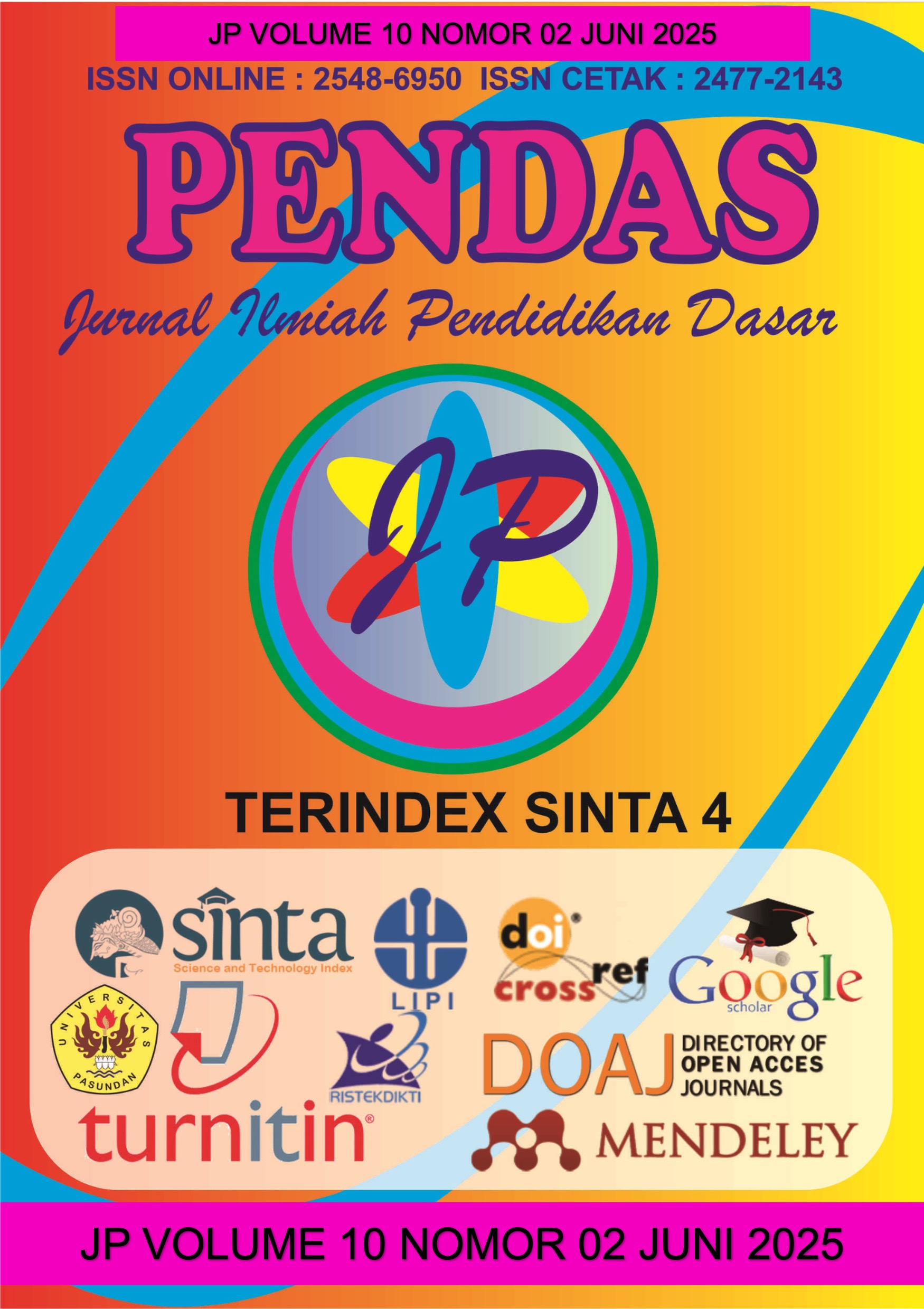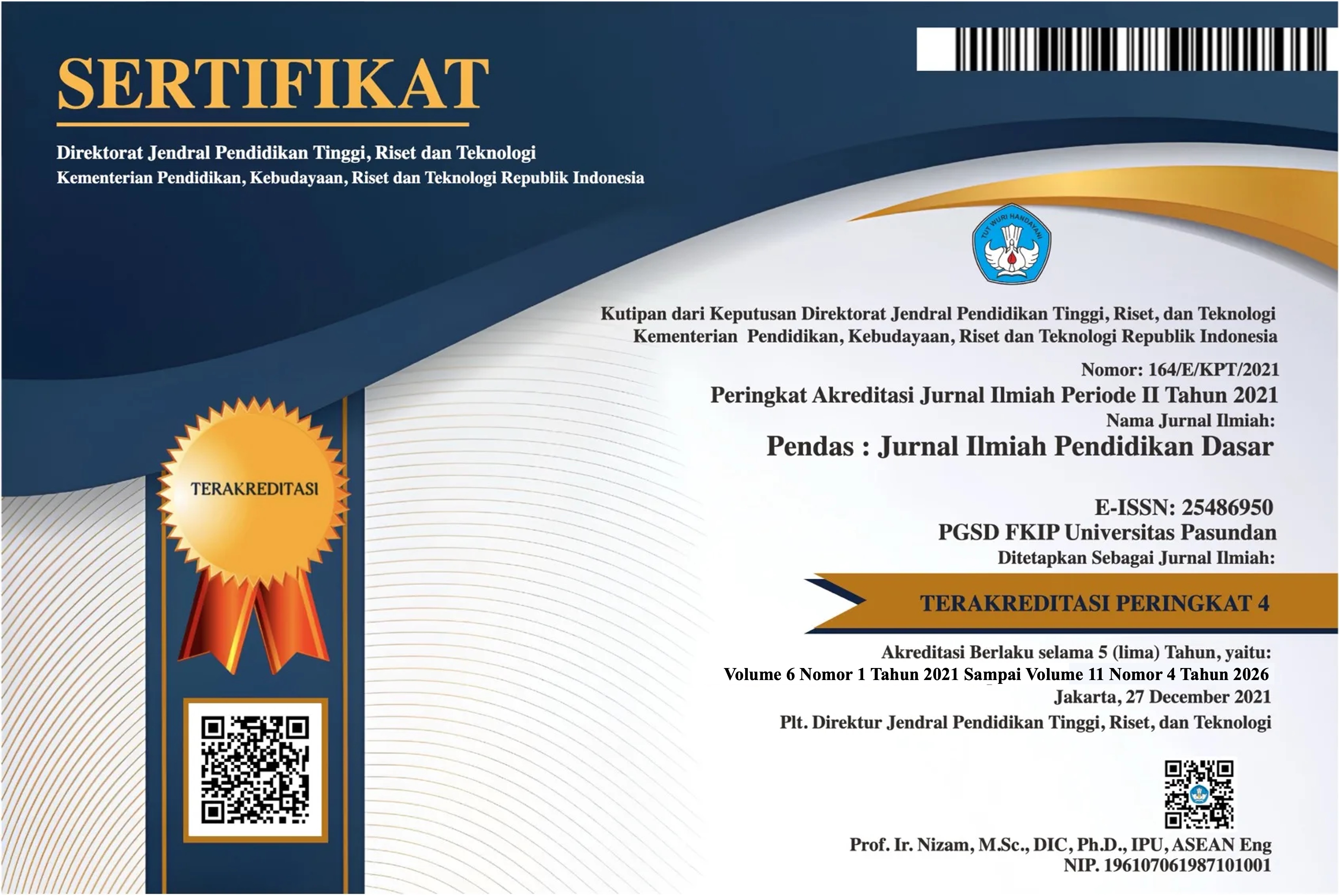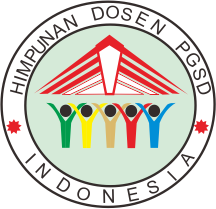PENGARUH AKTIVITAS FISIK DAN KUALITAS TIDUR TERHADAP HASIL BELAJAR SISWA KELAS IX MTS AL-ZAYTUN
DOI:
https://doi.org/10.23969/jp.v10i02.24318Keywords:
Physical Activity, Sleep Quality. Academic AchievementAbstract
Adolescents are in a developmental phase marked by various physical and psychological changes. The aim of this study is to analyze the influence of physical activity and sleep quality on students’ academic achievement. The research was conducted at MTs Ma’had Al-Zaytun. The method used in this study is a descriptive quantitative approach with a cross-sectional design. The research sample consisted of 86 ninth-grade students selected from a population of 640 students. The results of the study show that: (1) physical activity does not have a significant effect on students' academic achievement, with a significance value of 0.338 (p > 0.05); (2) sleep quality has a significant effect on academic achievement (p < 0.05); and (3) the most influential factor in academic success is sleep quality. This study is expected to contribute to the development of more holistic educational policies that support student well-being.
Downloads
References
Bronfenbrenner, U. (1986). Recent Advances in Research on the Ecology of Human Development. Development as Action in Context, 287–309. https://doi.org/10.1007/978-3-662-02475-1_15
Creswell J.W. (2012). Educational Research Planning, Conducting, and Evaluating Quantitative and Qualitative Research (4th ed; Paul A. Smith, Ed.). Boston: Pearson Education, Inc.
Deci, E. L., & Ryan, R. M. (1985). Intrinsic Motivation and Self-Determination in Human Behavior. In Springer (Vol. 17). New York: Springer.
Diekelmann, S., & Born, J. (2010). The memory function of sleep. Nature Reviews Neuroscience, 11, pages1. https://doi.org/https://doi.org/10.1038/nrn2762
Erickson, K. I., Voss, M. W., Prakash, R. S., Basak, C., Szabo, A., Chaddock, L., … Kramer, A. F. (2011). Exercise training increases size of hippocampus and improves memory. Proceedings of the National Academy of Sciences of the United States of America, 108(7), 3017–3022. https://doi.org/10.1073/pnas.1015950108
Kantomaa, M. T., Stamatakis, E., Kankaanpää, A., Kajantie, E., Taanila, A., & Tammelin, T. (2016). Associations of Physical Activity and Sedentary Behavior With Adolescent Academic Achievement. Journal of Research on Adolescence, 26(3), 432–442. https://doi.org/10.1111/jora.12203
Maslow, A. H. (1943). A theory of human motivation. Psychological Review, 50(4), 370. https://doi.org/10.1037/h0054346
Master, L., Nye, R. T., Lee, S., Nahmod, N. G., Mariani, S., Hale, L., & Buxton, O. M. (2019). Bidirectional, Daily Temporal Associations between Sleep and Physical Activity in Adolescents. Scientific Reports, 9(1), 1–14. https://doi.org/10.1038/s41598-019-44059-9
Newman, K., & Gentile, E. (2020). How teachers teach: Comparing classroom pedagogical practices in the Asia and Pacific Region. Adb Briefs, 4(100), 19. https://doi.org/Publication Stock No. BRF200279 http://dx.doi.org/10.22617/BRF200279
OECD. (2023). Transforming Education in Indonesia: Examining the landscape of current reforms. OECD Education Policy Perspectives, 88(Level 2). Retrieved from https://www.oecd.org/pisa/data/2022database
Sugiyono. (2013). Metode Penelitian Kuantitatif, Kualitatif Dan R&D. In Alvabeta. CV.
Wang, F., & Boros, S. (2021). The effect of physical activity on sleep quality: a systematic review. European Journal of Physiotherapy, 23(1), 11–18. https://doi.org/10.1080/21679169.2019.1623314
Wassenaar, T. M., Wheatley, C. M., Beale, N., Salvan, P., Meaney, A., Possee, J. B., … Johansen-Berg, H. (2019). Effects of a programme of vigorous physical activity during secondary school physical education on academic performance, fitness, cognition, mental health and the brain of adolescents (Fit to Study): Study protocol for a cluster-randomised trial. Trials, 20(1), 1–14. https://doi.org/10.1186/s13063-019-3279-6
World Bank. (2020). COVID-19 and learning inequities in Indonesia: Four ways to bridge the gap. World Bank Group. Retrieved from https://blogs.worldbank.org/en/eastasiapacific/covid-19-and-learning-inequities-indonesia-four-ways-bridge-gap
Xu, F., Adams, S. K., Cohen, S. A., Earp, J. E., & Greaney, M. L. (2019). Relationship between physical activity, screen time, and sleep quantity and quality in US adolescents aged 16–19. International Journal of Environmental Research and Public Health, 16(9). https://doi.org/10.3390/ijerph16091524
Zhu, X., Haegele, J. A., Liu, H., & Yu, F. (2021). Academic stress, physical activity, sleep, and mental health among chinese adolescents [Estrés académico, actividad física, sueño y salud mental entre adolescentes chinos]. International Journal of Environmental Research and Public Health, 18(14).
Downloads
Published
Issue
Section
License
Copyright (c) 2025 Pendas : Jurnal Ilmiah Pendidikan Dasar

This work is licensed under a Creative Commons Attribution 4.0 International License.



















